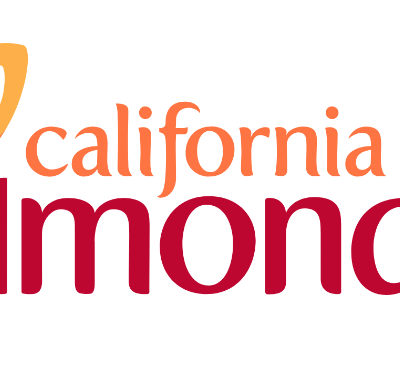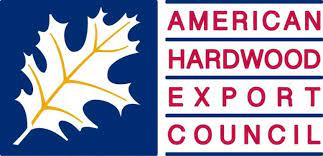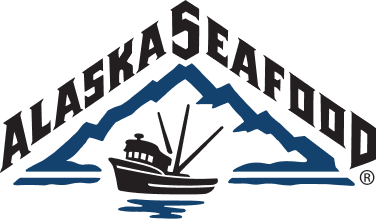
The Almond Board of California represents approximately 6,800 growers and 104 almond handlers. The Board traces its history back to 1950 when the Federal Marketing Order for almonds, which was primarily concerned with compliance and research, was established. The ten-member Board is elected and consists of five growers and five handlers. The work of the Almond Board of California covers production, nutrition and market research, advertising and promotion in domestic and international markets, quality control and statistical analysis and market access/technical issues. When it comes to following sustainable agricultural practices, California Almond growers and handlers together are continuously challenging themselves to do more.
Read more
AHEC is the leading international trade association for the American hardwood industry, representing companies and trade associations engaged in the export of a full range of U.S. hardwood products, including – lumber, veneer, plywood, flooring, moulding and dimension materials. American hardwoods are derived from sustainably managed forests in the United States. All forest owners in the United States are subject to Federal legislation to protect habitats for threatened species. Tough regulations governing other aspects of forest management on private land have been implemented by individual states. An estimated 106 million acres of forest are in totally protected areas, representing 14% of all forest land.
Read more
ASMI is a public-private partnership between the State of Alaska and the Alaska seafood industry established to foster economic development of a renewable natural resource. ASMI is playing a key role in the repositioning of Alaska’s seafood industry as a competitive market-driven food production industry. Since admittance into the Union as the 49th state in 1959, Alaska has served as a model of fisheries management around the globe. One reason for this is that Alaska remains the lone state in the nation with a constitutional mandate stipulating all fish “be utilized, developed and maintained on the sustained yield principle.” U.S. law has governed sustainable fishery management since the passage of the Magnuson- Stevens Fishery Conservation and Management Act in 1976. This act requires that fisheries meet 10 strict national standards of sustainability.
Read moreBefore you leave, please consider taking our survey.
We want to find out how you think the U.S. is performing in terms of sustainability, what you’re interested in finding out more about, and where you think we should focus our resources.
Your views will help shape the future and ensure we deliver key insights on the most important issues to our site visitors.
Take our survey